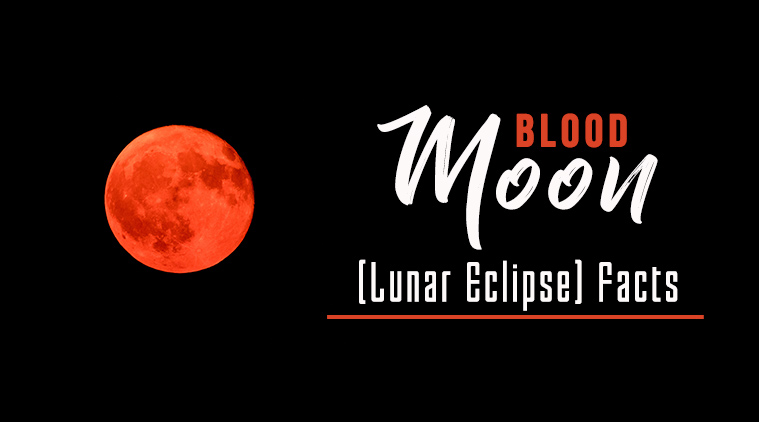Chandra Grahan or Lunar Eclipse 2018: Important facts about this year’s Lunar Eclipse
Chandra Grahan or Lunar Eclipse 2018 India: The Blood Moon 2018 will be the longest lunar eclipse of the century with a duration of one hour and 43 minutes and will be visible in Asia, New Zealand, Australia and parts of Europe, South America and Africa.

Chandra Grahan or Lunar Eclipse 2018 India: The Blood Moon 2018 is the second lunar eclipse of 2018. The first one called the Super Blue Blood Moon took place on January 31. (Photo: Getty Images/ Designed by Nidhi Mishra)
Chandra Grahan or Lunar Eclipse 2018 India: The Blood Moon 2018 in the final hours of July 27, and the early hours of July 28, will go down as one of the most important moment in the history of space science. Deemed as the longest lunar eclipse in 100 years, with a duration of one hour and 43 minutes, the celestial phenomenon will be visible in India.
For those who are unaware of the Blood Moon, here are a few facts to help you brush up on your knowledge:
* Since moon has no natural light of its own, it is visible from the earth only when sunlight reflects off it. During a lunar eclipse, the only light that reflects from the surface is refracted by earth’s atmosphere, and this light tends to appear reddish, which is why it is known as Blood Moon.
* Lunar eclipse occurs because the moon is cast in earth’s shadow. Earth’s Umbra (a shadow’s dark core) is responsible for a total lunar eclipse. What’s interesting is that earth always casts an umbra – in fact, we go through it every single day; it’s called night! But a total eclipse occurs only when the Umbra completely covers the moon’s surface.
* The second lunar eclipse of 2018 will be the longest of the century with a duration of one hour and 43 minutes and will be visible in Asia, New Zealand, Australia and parts of Europe, South America and Africa. The first one called the Super Blue Blood Moon took place on January 31.
* The next time we will see a similar phenomenon will be around August 2036, which will last for 6 hours and 12 minutes (including the penumbral and partial phases).
* Although Mars is visible in the night sky all year round, it will be extremely bright on July 27. This happens every 26 months.
* Following the lunar eclipse, a partial solar eclipse will take place on August 11.
For all the latest Lifestyle News, download Indian Express App






















No hay comentarios:
Publicar un comentario